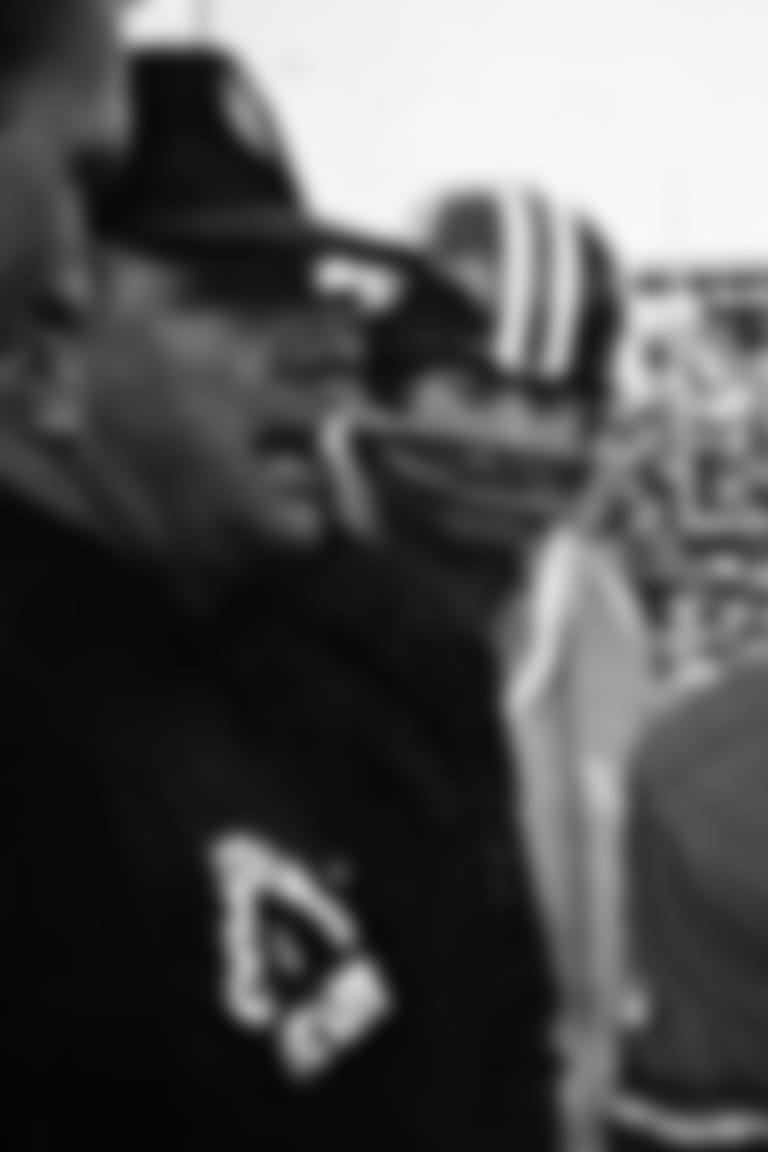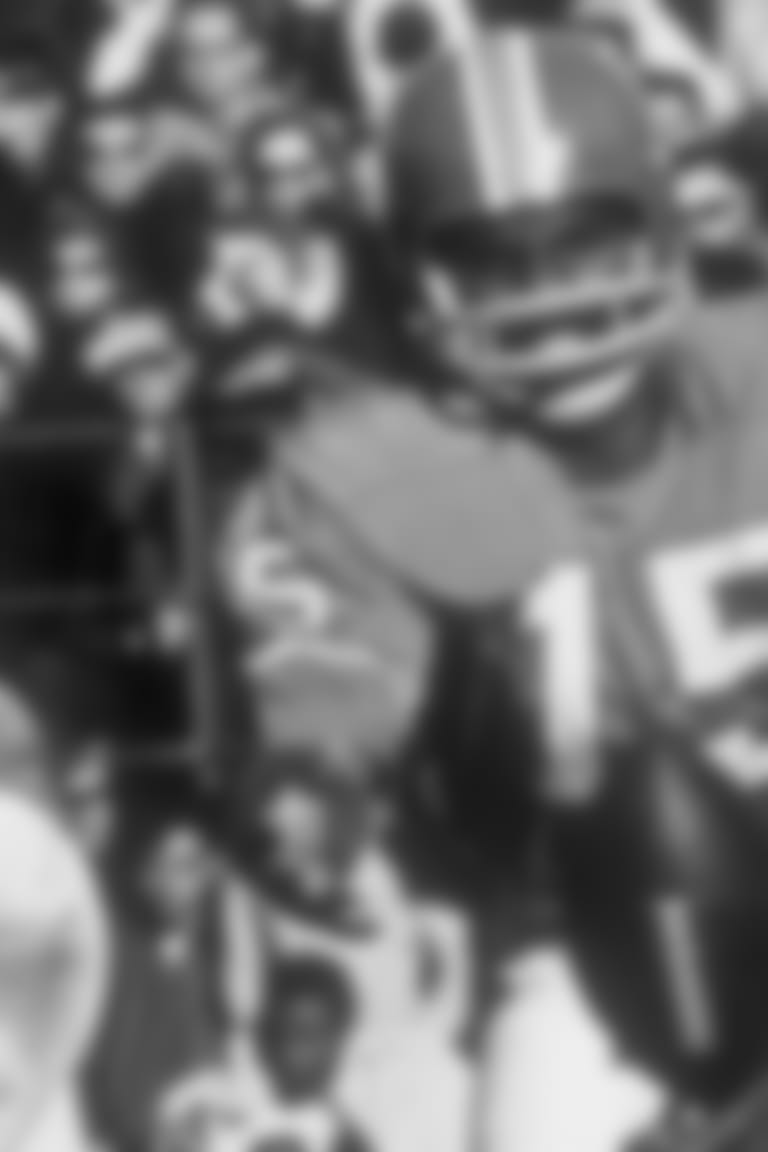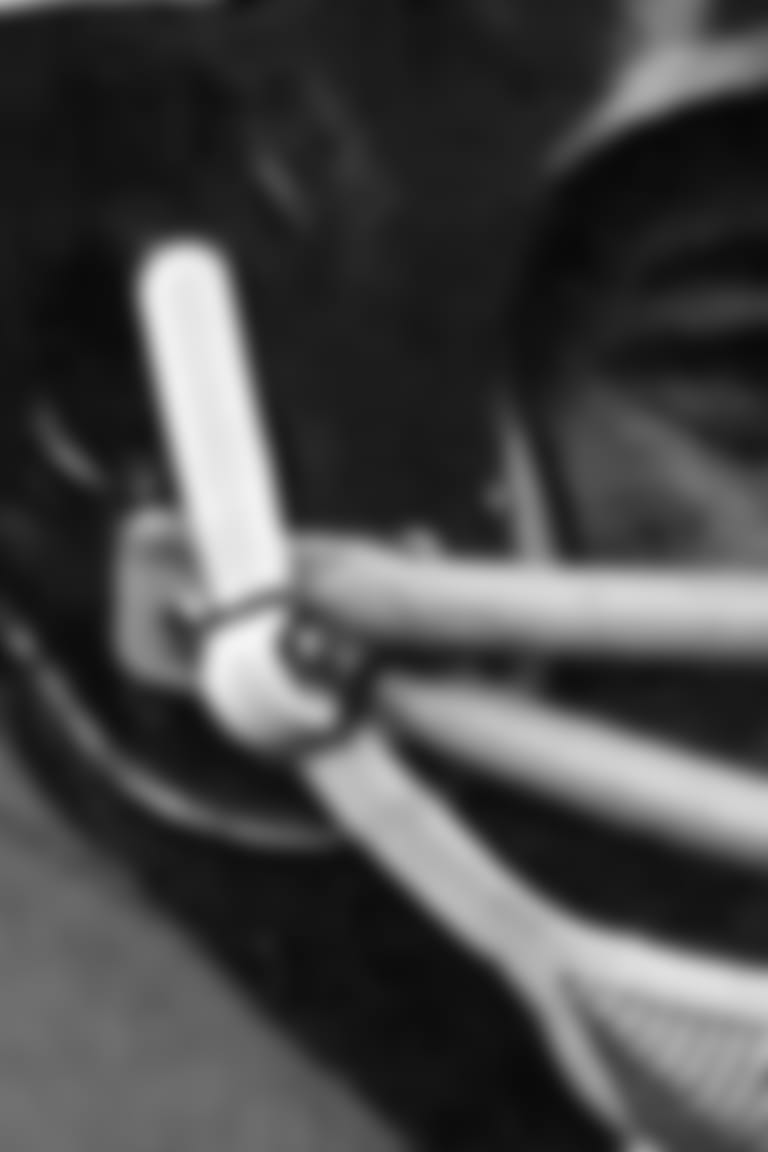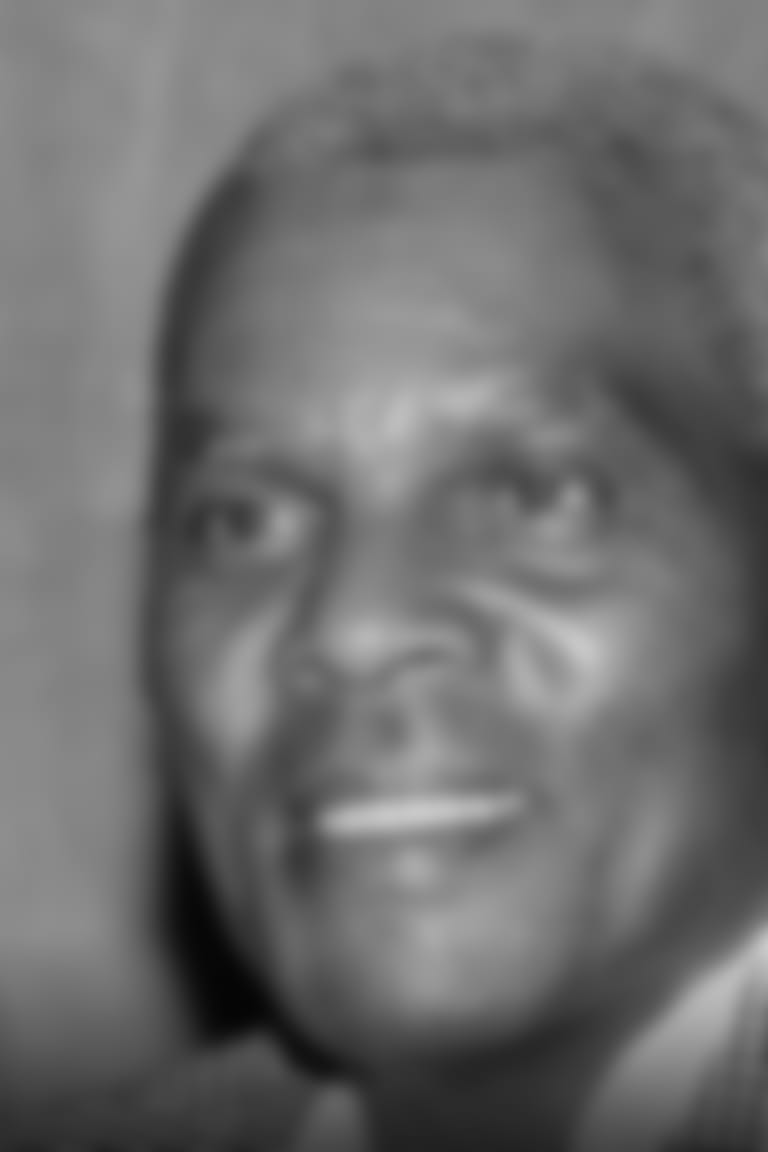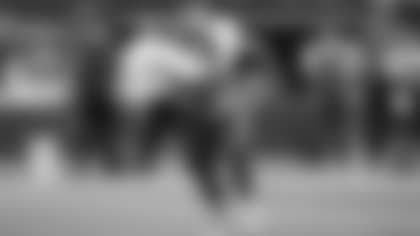In 1968, a small quarterback from Omaha, Nebraska, took the field for the Broncos and made history as modern pro football's first Black starting quarterback. He dazzled and delighted crowds at Mile High, but a year later, he was gone from Denver. As we celebrate Black History Month, we're taking a closer look at the life and legacy of Marlin Briscoe. Today, we delve into his departure from Denver and how he left an enduring legacy on pro football.
Note: This is the fourth and final story in the series. Part I focused on Briscoe's youth in South Omaha and how he reached the pros. Part II was about how he managed to break the AFL's color barrier at quarterback. Part III focused on the added context of Briscoe's historic season coming in 1968 and how he finished the year as Denver's starting quarterback for the final four games.
As America prepared for the new year, Ebony's January 1969 issue started to hit newsstands across the country.
There, on page 64[1], was Marlin Briscoe peering back at readers through his shoulder pads. The headline below the photo summed up the season he had just completed:
BREAKTHROUGH FOR A BLACK QUARTERBACK
For many people across the U.S. of the country who didn't live in Colorado or weren't avid fans of the fledgling American Football League, this was their introduction to the up-and-coming quarterback who had shocked pro football in becoming the league's first Black starting quarterback. And his pioneer status was just the tip of the iceberg; in his rookie season, despite training for much of the offseason to play defense, Briscoe was the most promising young quarterback the franchise had ever featured.
Now he was in the pages of Ebony, the subject of a six-page feature.
At that time, the Broncos were a floundering franchise that had yet to finish a season above .500. It's safe to say that it wasn't often that a national magazine featured any of their players.
It was unfamiliar ground for the Broncos and their young star, but as the AFL Rookie of the Year runner-up departed Denver to return to Omaha to finish his college degree, the forming impression was that Briscoe's future was quite bright.
Head coach Lou Saban and the Broncos clearly did not feel as warmly about their quarterback situation.
Even before Briscoe had finished his rookie season, the Broncos may have been maneuvering to acquire a new quarterback. On Jan. 19, 1969, The Denver Post’s Dick Connor reported[2] that Pete Liske, the 1967 CFL Most Outstanding Player, had an informal agreement to join the Broncos before the 1968 season ended. Describing what he called "hearsay evidence" — the Broncos couldn't officially announce his signing until June — Connor wrote that as of early 1969, Liske already had purchased a home and opened a bank account in Denver.
Saban maintained that Briscoe would stay at the position and compete for the starting job along with Steve Tensi, who started much of the 1968 season until his season was interrupted by several collarbone injuries.
"I've talked with Lou," Briscoe's college coach, Al Caniglia, said in a January press conference a few days later[3], "and he believes Marlin will either make Steve Tensi an excellent quarterback or sit him down."
Then, in a March speech at Briscoe's alma mater, Saban said[4] he was "pleased — not surprised" with Briscoe's rookie season, but followed those comments up by saying if Briscoe wasn't the starting quarterback, the coaching staff would find another position for him where he could make an impact.
If it seemed like the winds were starting to shift for the youngster, they would soon be at a full gust.
That spring, Briscoe got a call from his cousin, Bob Rose, who was living in Denver at the time.
"He called and told me, They're having quarterback meetings … why aren't you there?" Briscoe recalls now. "What happened was they went out and got Pete Liske from Canada. So they had him and Steve Tensi. He had healed, his shoulder had healed. So he was there and they had a couple of other guys. They didn't invite me. So I told Bob that I was going to come to Denver and see what was going on. But I had to wait. I had to wait until after I got my degree."
At the time, the Broncos told The Denver Post[5] that these sessions were informal, but Briscoe told author William C. Rhoden in Third and a Mile that he when he returned to Denver, he made a surprise trip to team headquarters and stood outside of the coach's office as Saban, the quarterbacks coach and several quarterbacks walked out.
"They couldn't even look at me," Briscoe told Rhoden[6]. "If I didn't think it was wrong for a man to cry, I'd have cried. I was that hurt. I just turned and walked out. I knew I wasn't in their plans. It was like I'd never played that first year."
Rumors later emerged that the Broncos had unsuccessfully tried to trade Briscoe during the offseason[5].
In early June, the Broncos officially announced their acquisition of Liske. Still, Saban spoke of an open competition.
"Pete should give Steve and Marlin a battle for the starting quarterback job," Saban said[7]. "… It will still be a three-way fight. We like that. There is nothing better than real, honest competition for a job."
To Briscoe, it didn't seem very honest. Between those quarterback meetings, the Liske acquisition and the notion that Saban may feel obligated to play Tensi more because he had traded two first-round picks for him in 1967, it increasingly seemed like the odds were against Briscoe in spite of his rookie season. When he returned to practice, he found a situation much different from one to which he had hoped to return.
"They hemmed and hawed around," Briscoe says today. "I went out to practice with them. I knew they didn't want me there. They were just kind of cold. The reps that we'd have passing, the leadership role — none of that I got a chance to do. I knew that they didn't want me there."
Then came the contract negotiation for Briscoe's second season.
Hard feelings abounded. On one side, Briscoe wanted a fair chance to win the quarterback job, but it seemed like that may have already gone out the window. On the other side was Saban, a notoriously stubborn and belligerent coach who at times would challenge players to fights at halftime or threaten to fire them on the spot[8].
The negotiations went nowhere. Briscoe later told press[5] that the team offered him a cornerback's salary rather than a quarterback's. According to the same Denver Post story, Briscoe wanted a clause in his contract that he would only be played at quarterback. The Post reported Saban and the Broncos refused those terms; in addition to the salary disagreement, they wanted the option to have him handle punt and kick returns — an unthinkable proposition for any player seriously being considered to lead the team at quarterback — or to put him at another position should they feel it was best for the team.
There was no going any further. Briscoe left training camp and asked for his release. At that point, there was some kind of confusion. As Briscoe understood it, he signed a club release on Aug. 6; the team told media that they were unclear what he had signed, but would place him on waivers[9]. That process didn't begin until Friday, Aug. 8; because of the weekend, he didn't clear waivers and become a free agent until Aug. 12.[10]
"All I wanted to do was compete," Briscoe says today. "I didn't expect the Broncos to start me as their quarterback. All I wanted was a chance to compete for the job. I thought I deserved that. I didn't ask them to give me anything. But I could see that it wasn't going to happen. So I stayed in camp for about two weeks and, sensing that I wasn't going to be able to compete, I asked Lou Saban to release me. And I figured that somebody would take a chance on me. I had a hell of a year. Lou Saban said he would cut me, but he needed three or four days to cut me. And then he said he would release me. I'm trying to figure out why he would take three or four days to release a player. Just release me like you do everybody else. But what happened is somebody was spreading the word that I was a malcontent. So after four days nobody would touch me."
A few days later, Briscoe was spotted in the crowd at a Broncos exhibition game.
"Well-wishers descended on him like ants to a Sunday school picnic," columnist Vic Boccard wrote in the Broomfield Star[11]. "He'll be sorely missed by everyone who appreciated his exciting play last year. That should include about 99% of our sportsminded populace."
Saban, apparently, was part of the one percent.



